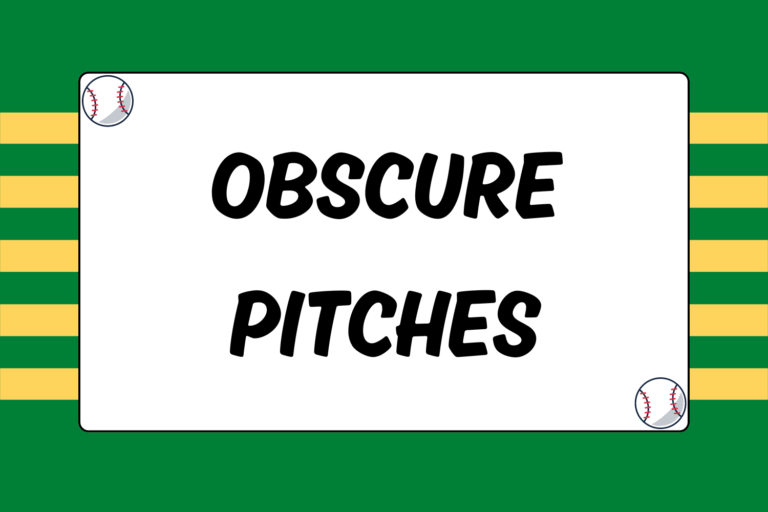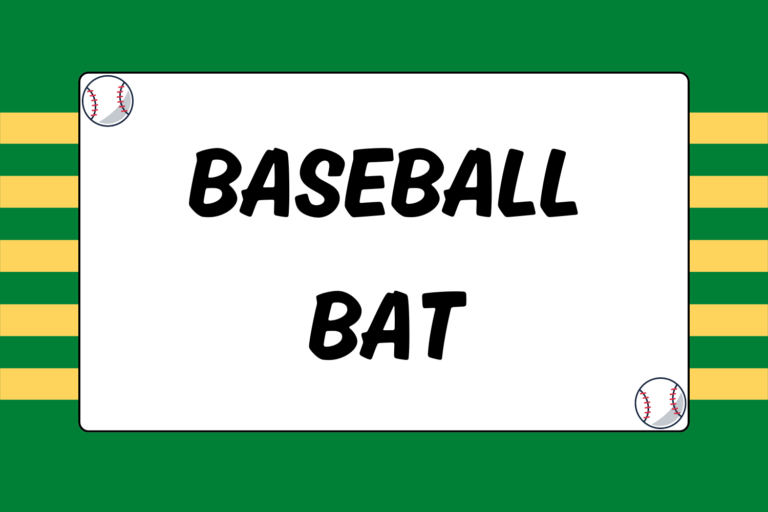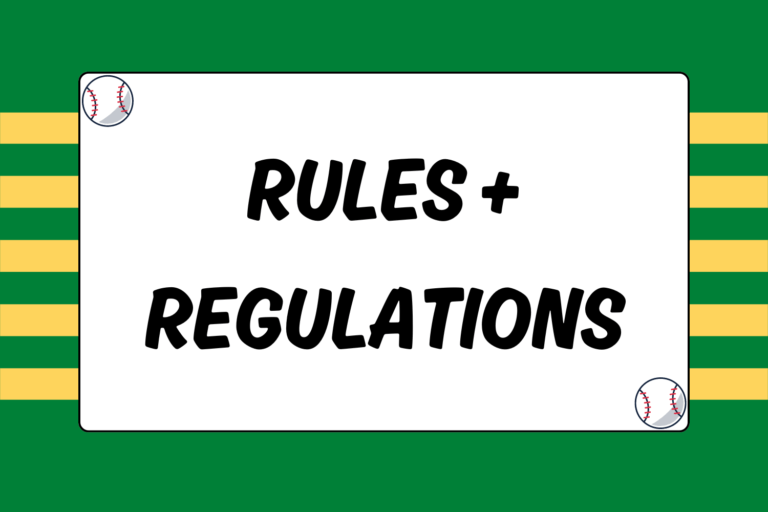Every baseball player needs to know how to slide correctly. When you’re sprinting into a base and trying to beat a throw, you need to be able to get there as quickly as possible without going past the bag. Sliding is the best way to this. Whether you’re stealing a bag, legging out a triple, diving back to first on a pick-off, or simply running to second base on a force out, you’ll need to slide — so it’s vital that you learn the technique.
Some players hate sliding, so they avoid it whenever possible and never learn the proper form. If you’re serious about competing, though, the last thing you want is this type of notoriety. You can cost your team an out if you slide too late, too early, or so awkwardly that you come off the base. This guide explains the different sliding techniques and gives you the tips you need to gracefully slide or dive into any base on the diamond.
Basic Sliding Technique
The basic slide is the most common among young players. As with any slide, always sprint at full speed towards the intended base and slide directly into it. If you happen to slide past the bag, grab it with your hands and hang on. Here are the basic steps to follow:
- As you’re running, begin your slide about four strides away from the base.
- Lower your body by bending your knees, and begin shifting your weight to the left side of your body.
- Bend your left knee and tuck your left leg underneath your right leg, which should be extended straight forward. Most of your body weight should now be shifted to your left leg. In this position, your legs will resemble the number “4.”
- Lean back as you start your slide. You don’t want to slide into the base sitting up.
- Keep your arms behind you and try not to wave them in the air.
- Your momentum should propel you right into the base, and your right foot should touch the base first.
After practicing, you may realize you need to start your slide either earlier or later. It’s completely dependent upon your speed. Remember, sliding helps you make it to the base underneath a tag, so it’s important to stay low.
Pop-up Slide
The pop-up slide is a little more advanced than basic sliding. The goal of this slide is to pop up onto the bag in order to get back into a running position, ready to advance to the next base. The motion is the same as the basic slide, with the left leg forming a “4” tucked under your right leg.
The difference comes when you hit the bag. Upon impact with the base, use your left leg to push your body upwards into a standing position. Most advanced players use the pop-up slide every time they slide feet-first into a base.
Hook Slide
The purpose of this slide is to avoid being tagged on a close play. Infielders learn to catch the ball and sweep their gloves in front of the base to tag the runner. The hook slide comes in handy because it allows you to slide around the side of the base, hopefully avoiding the tag. Maneuvering this slide requires just a few simple steps:
- Start your slide one stride later than you would for a typical slide.
- Don’t slide directly into the base. Instead, slide towards the right side (outside) of the base.
- Ideally your momentum will propel you past the base. As you slide past the bag, grab, or “hook,” onto it with your left hand (you can use two hands if you prefer).
- After the defensive player misses tagging you and the umpire calls you safe, get the umpire’s attention and ask for time. After that, you can stand up, brush yourself off, and get ready for the next play.
The point of the hook slide is to get your entire body out of the baseline as you slide past the base, and then hook onto it with your hand. So when learning this slide, keep in mind that you never want to slide so far past the base that you can’t hold onto it. Otherwise, you’ll be scrambling back to the base in hopes that you won’t be tagged out.
There are occasions when it will be worth trying a hook slide at second or third base. In general, though, the best place for a hook slide is at home plate. Usually the catcher will try to block the plate, plus you don’t have to worry about going out of the baseline (umpires almost never call that at home plate). If there’s going to be a close play, try to slide around the catcher and tag home plate with your hand. Since you can’t (and don’t need to) hook onto the plate, simply swipe your hand across it.
Head-first Dive
Diving is an even more advanced form of sliding. It’s useful because you can dive right under a tag, and many players believe it gets them to the base faster. When you’re diving, take the same approach as sliding and get low as you approach the bag.
Instead of leaning back as you would when you slide, begin leaning forward. Bend your knees, and gradually extend your hands out towards the base. You might feel as if you’re losing balance, but that’s exactly how it’s supposed to feel. Use your toes to push yourself forward, then leave your feet and go into your dive as gracefully as possible.
Hot Tip: Don’t Dive Home
Head-first dives are great for getting back to a base, stealing second, or legging out a triple. However, you should never dive head-first into home plate. Diving at top speed into a catcher wearing full gear is a recipe for broken fingers, sprained wrists, or even dislocated shoulders. Don’t put yourself at risk — an evasive slide around the catcher is safer and much more effective.
Diving Back to the Base
Diving is also the fastest way to get back to a base if the pitcher (or another defensive player) attempts to pick you off. You’ll use the same motion that you would use when diving into a base, but you’ll have to do it without a lot of momentum.
If the pitcher tries a pick-off while you’re in your lead, you need to get back quickly! Pivot your feet back towards the base, and then take one stride before making the dive (you might often hear coaches say, “It’s a step and a dive”). Extend your right arm, and try to touch the outside of the bag to avoid the tag as much as possible.
Get in the habit of always facing away from the base, towards the outfield, when diving back. Doing so makes you less likely to get hit or tagged in the face. But more importantly, if the throw gets past the fielder, you’ll be able to see where it goes and decide whether or not you can advance to the next base.
Hit the Dirt
There’s an old baseball saying that if your uniform isn’t dirty, you didn’t play hard enough. Here’s an even simpler mantra: Always slide. Even if you don’t think the play will be close, make it a habit to slide every time (the exception being if a coach yells “stay up!”). The last thing you want is to get tagged out because you didn’t think you needed to slide.
A good slide on a close play could mean the difference between an out and a run. And as any baseball player could tell you, one run can be the difference between a win and a loss — so master the technique until it’s second nature, and then hit the dirt!





